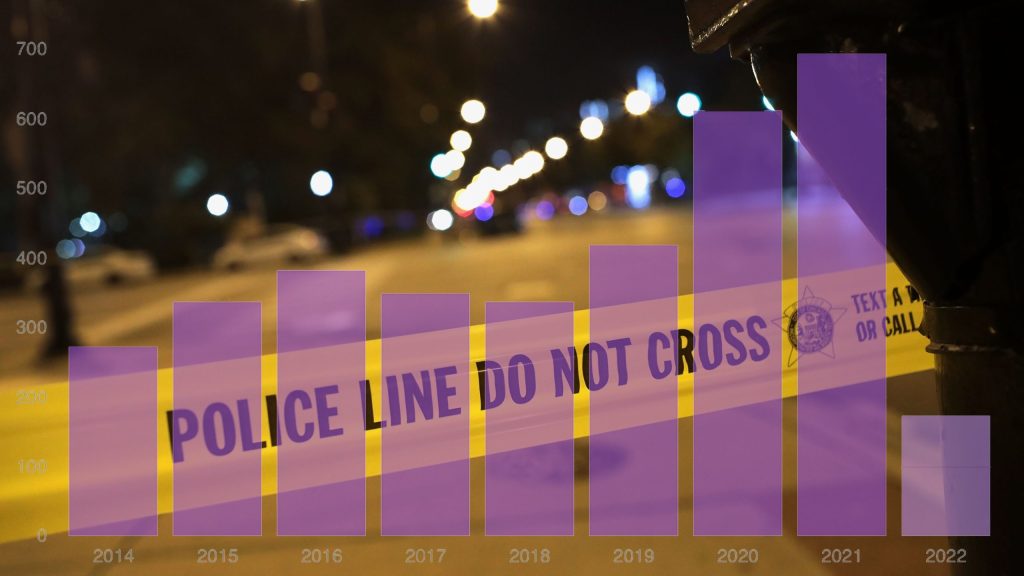
Overview:
Keep your eye on the sky especially this week so you can get a chance to see a planetary hangout. Because the five planets: Mercury, Mars, Venus, Jupiter, and Uranus will be lined up near the moon.
Where and at which time you can see them?
The best time to see all of them together is Tuesday and you have to look to the western horizon right after sunset according to NASA astronomer Bill Cooke. These all planets will go to extend from the horizon and line to around halfway up to the night sky. Keep remembering you can’t be late because Mercury and Jupiter will both quickly dip below the horizon ultimately half an hour after sunset.
All five planets are spread and can be seen anywhere on the Earth unless you have a clear sky and views of the west. Bill Cooke said this is the beauty of these planetary alignments that they don’t take much.
Do I need Binoculars?
Cooke said, maybe you need it, Mars, Venus, and Jupiter will be easy to see since they all shine brightly. On the other hand, Venus planet is one of the brightest things you have in the sky. Mars will hang out close to the moon with a reddish glow. But Mercury and Uranus are much dimmer so you face difficulty to see these two planets that’s why you have to bring a pair of binoculars.
Bill Cooke said if you are a planet collector then it is a rare chance to spot Uranus which is not visible usually. So, you have to look for the green glow of Uranus just above Venus.
Do this happen frequently?
Different groups and numbers of planets will align in the sky from time to time. Last summer, we see the five planets line up and then we see them another time in June with little different makeup. This kind of alignment occurs when the orbits of planets line them up on one side of the sun from Earth’s point of view.
Conclusion:
If you want to see five planets Mercury, Mars, Venus, Uranus, and Jupiter line up in the sky then keep an eye on the sky this week. So, you will get a chance to see this planetary hangout. Although, the best day to catch them all is Tuesday according to NASA astronomer Bill Cooke said.
You Might Also Like: Privacy Alert: ChatGPT Bug Exposes Users’ Conversation Histories

